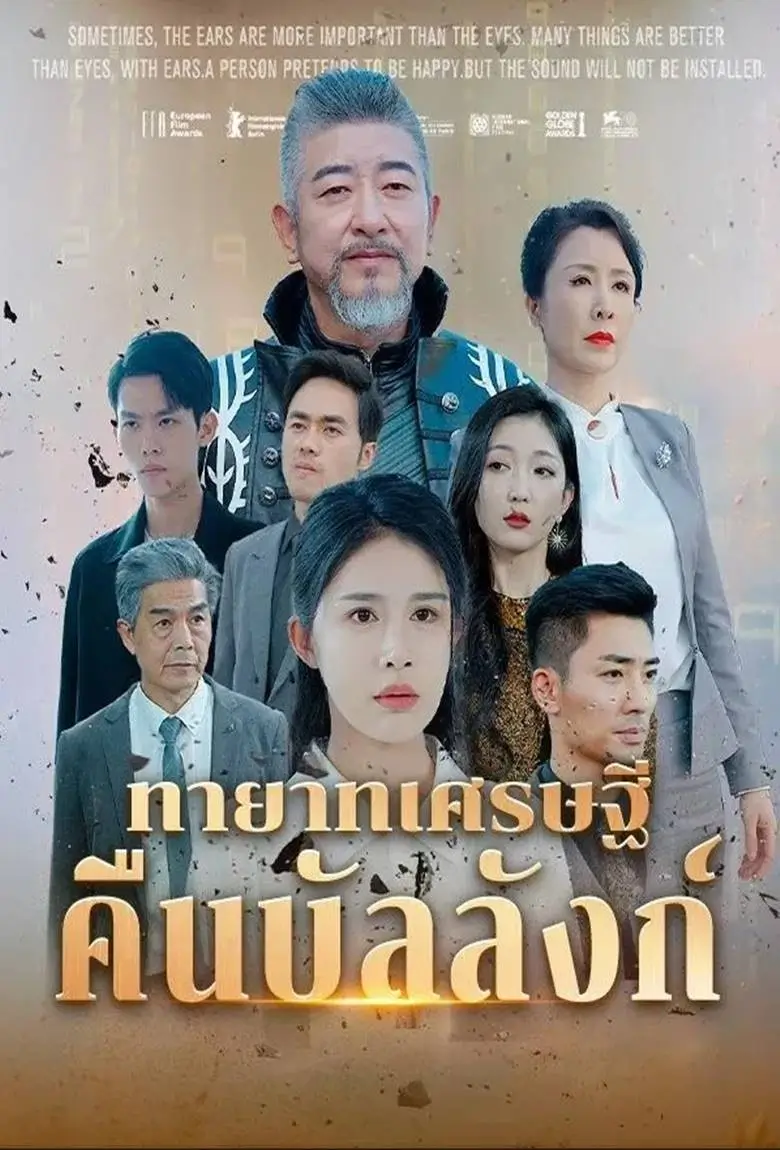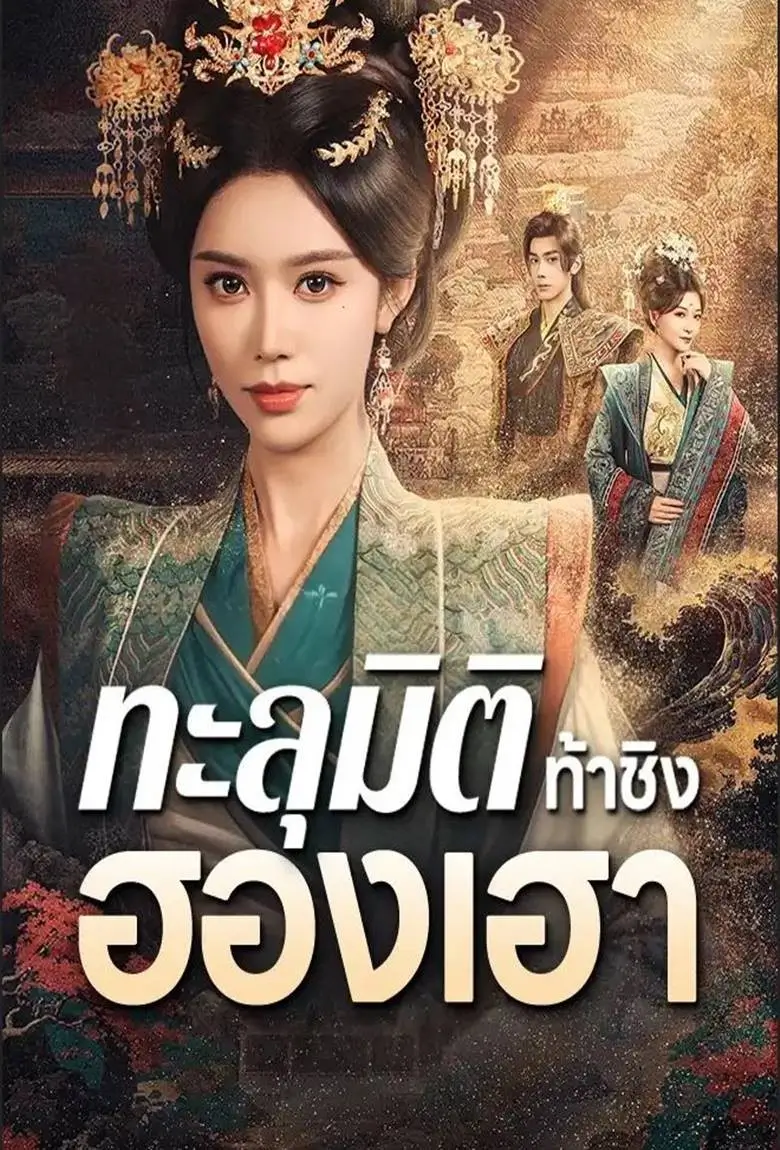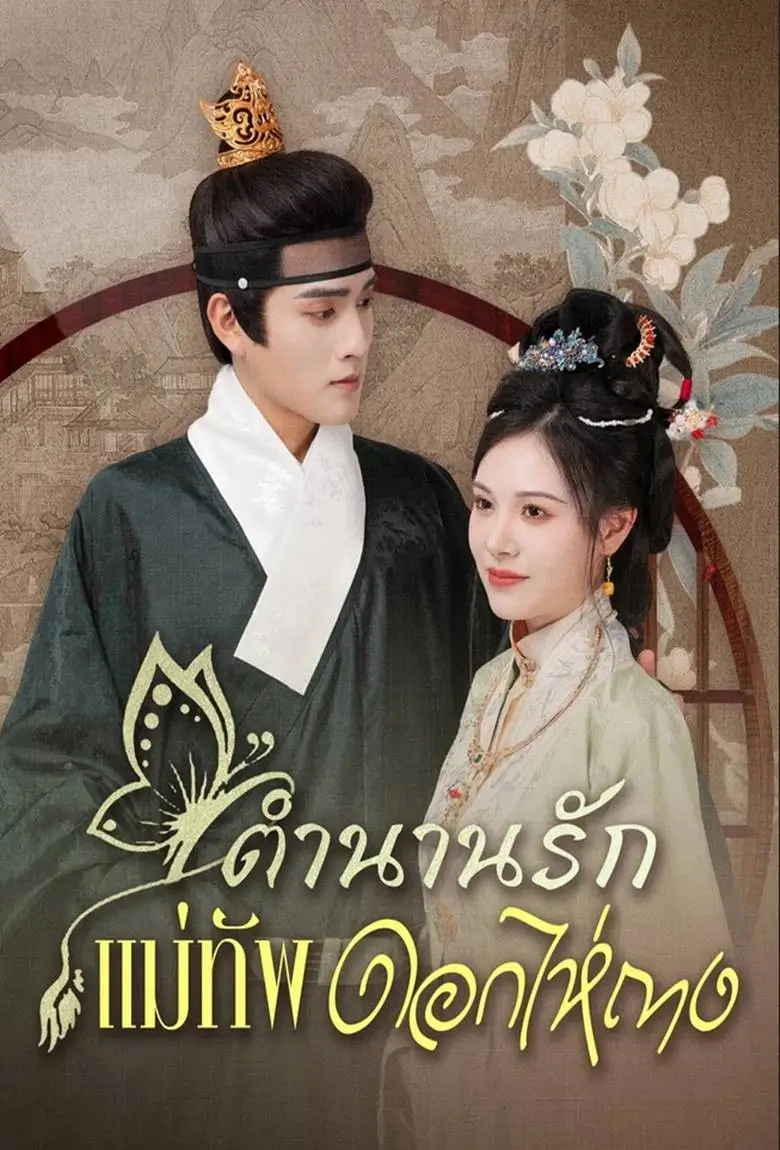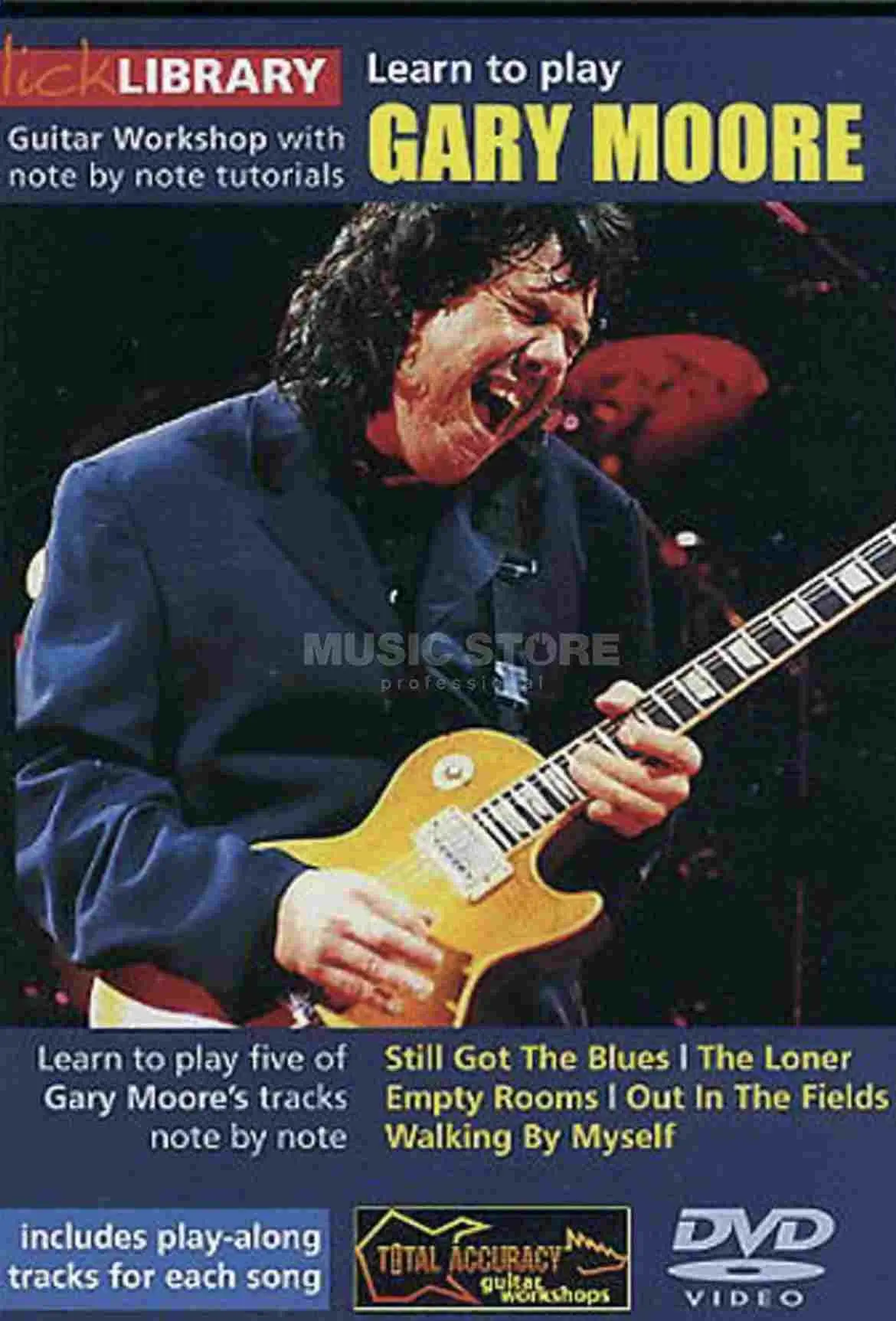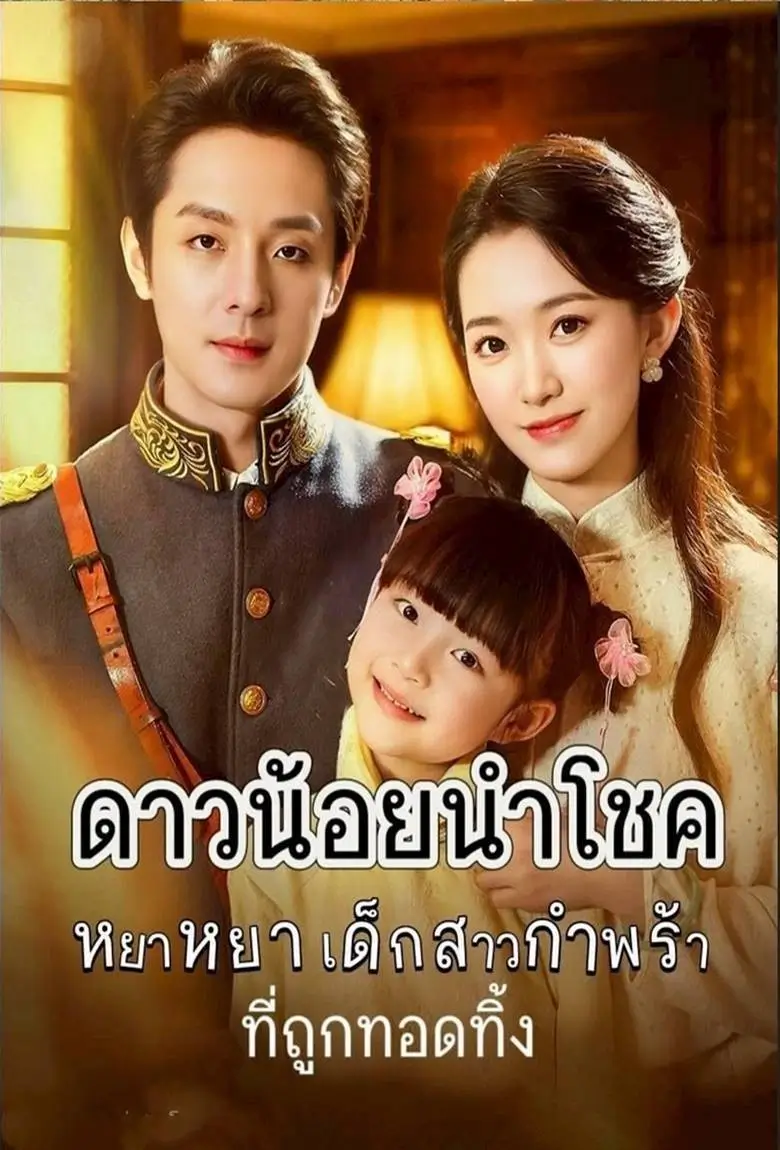King Tut in Color (2020) [บรรยายไทย]
![King Tut in Color (2020) [บรรยายไทย]](https://nungdeedee.com/uploads/images/1cm7xhnl3u804owgk.jpg)

หมวดหมู่ : หนังสารคดี
เรื่องย่อ : King Tut in Color (2020) [บรรยายไทย]
ชื่อภาพยนตร์ : King Tut in Color
แนว/ประเภท : Documentary
ผู้กำกับภาพยนตร์ : Paul Bradshaw
บทภาพยนตร์ : -
นักแสดง : Elizabeth Frood
วันที่ออกฉาย : 5 November 2020
การค้นพบที่ฝังพระศพของฟาโรห์ตุตันคาเมนถูกเปิดเผยในรูปแบบภาพสีเป็นครั้งแรกด้วยความช่วยเหลือจากกระบวนการกู้สีในภาพข่าวและภาพถ่ายขาวดำ
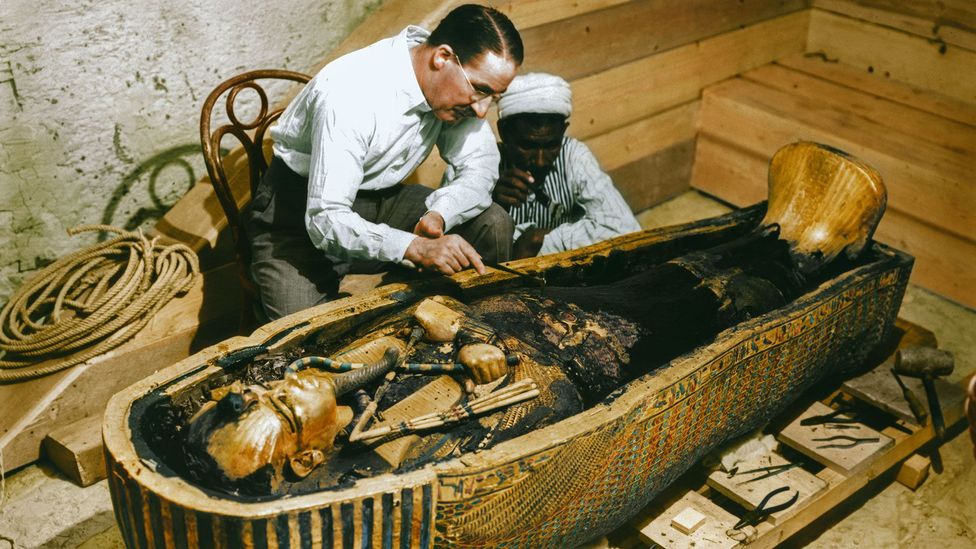
IMDB : tt13409310
คะแนน : 7.3
รับชม : 497 ครั้ง
เล่น : 188 ครั้ง
The new painstaking technique of colourising vintage black and white photographs and film was touchingly exploited in this documentary for BBC Four to narrate the most thrilling and best-known archaeological discovery ever made, that of the tomb of the boy king Tutankhamun in Egypt’s Valley of the Kings in 1922.
The news went worldwide, a 5,000-year-old burial bringing some sunshine to a world traumatised by World War One and the Spanish flu. The newly-coloured images made the narrative of this awesome discovery feel stunningly immediate. The charming Oxford Egyptologist Elizabeth Frood was our main guide. The archive of Howard Carter, the British archaeologist and lead excavator, with its massive cache of photographs, maps and ephemera, is in her care (pictured below, Carter on horseback in Egypt in the 1920s).
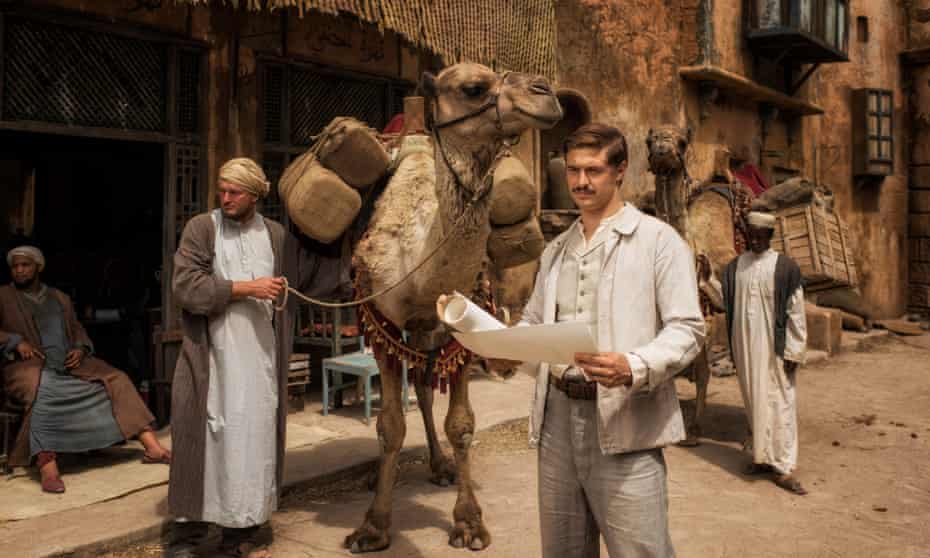
Frood is quite attached to the notion of the irascible and obsessive Carter, the 11th child of a painter. Carter had a long apprenticeship making drawings from archaeological sites, mentored among others by Flinders Petrie, the father of British archaeology. There were 5000 objects in the tomb memorialised at the time with a great deal of amateur film and thousands of black and white photographs. His remarkable drawings are now amplified by the colourised photographs, which according to Frood show up details with significantly more clarity than black and white.
In 1909 Carter met Lord Carnarvon, the fifth Earl who was to back Carter’s expeditions financially. Carnarvon was passionate about Egyptian archaeology, and there is a museum at his family seat, Highclere Castle, to commemorate his involvement.
Exploration was paused by the Great War, with Egypt a British Protectorate, but from the archive we saw Carter’s meticulous exploration and innovative grid-based map making of the Valley of the Kings. There are photographs and film of of the huge teams of Egyptians who made the exploration possible, some of them young children. Most of the workmen came from farming families, understanding the land and how to dig. Carnavon and Carter were evidently unusual in treating the Egyptian workmen with respect and dignity; these good relationships may have been significant, since it was a young water-boy who accidentally rested his great jug on a hard surface in the desert sand, which he reported to Carter: and lo, perhaps this was the hitherto undiscovered tomb.
There had been severe setbacks. Carnarvon was financially compromised by the war, but was persuaded to finance one last season. And so on 4 November,1922 the tomb was opened. Tomb-robbers had visited the outside chambers long before, but the flickering candles reflected gold. “Wonderful things!” Carter exclaimed to his benefactor (pictured below, Tut's solid gold death mask, still attached to the mummy).

The colourisation of the photographs shows the gold – dismembered carriages, golden furniture, statues of animals, people and gods, even lunch box offerings of food for the afterlife. Some 2,000 photos of the overall site, the tomb and its contents were taken by the expedition photographer using large glass plates, which give far better clarity than our digital devices today. We saw some of the huge team of Westerners, dressed even in the heat in suits and ties, who cleaned, preserved, and catalogued the first finds, supported by the Egyptians. The tomb became a sightseeing goal for by international well-heeled tourists.
Carter and Carnarvon broke through the sealed entrance to the final tomb in February 1923; here was the King’s burial chamber. There was a deluge of new discoveries, and a tragedy; the unexpected death of Carnarvon from an infected mosquito bite led to the notion of the curse of the tomb. And irascible Carter, without the help of the aristocratic Carnavon, fell out with nationalist Egyptians. There was a pause in the work until October 1925, when the team examined the three coffins of the boy King and finally his gold mask.
This captivating and vivid programme with its clear narrative and brilliant succession of vivid imagery was like witnessing the discoveries anew. We sawe how and why a century ago Tut took over the world, with headlines everywhere, even inspiring jazz songs. The teenager immortalised in gold became the most famous Pharaoh ever.





